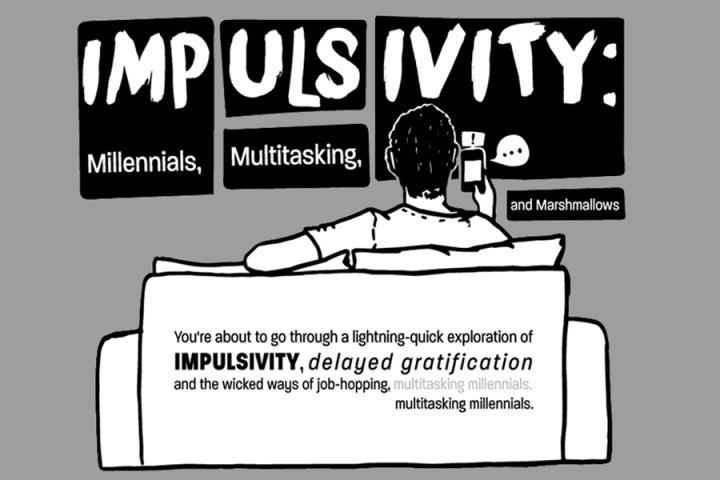
In “How Are Multitasking Millennials Impacting Today’s Workplace?” the Bryan report defines millennials as 18-to-34-year-olds, which is the generally accepted age range. But then it states millennials are “Also known as job hoppers and cyberslackers.” Those are pretty tough words. The report goes on to explain first that multitasking is really just task switching because no one can actually attend to more than one task at a time.
The report then brings out heavy guns, asserting that millennial turnover costs the U.S. economy $30.5 billion annually, citing a recent Gallup report.
The Bryan report also presents the bill for multitasking, for which it uses a 2013 study by Realization that claimed multitasking has an annual global economic cost of $450 billion.
The report calls digital distractions “The New Marshmallows.” That’s a reference to a Stanford study about delayed gratification in young students. Those who didn’t delay but sought immediate gratification in the form of eating marshmallows in later life were more likely to be obese, have behavioral problems, have issues with drug abuse, and spend time in jail.
The report says millennials switch their attention between platforms 27 times an hour. The result of the switching? According to Bryan College, multitasking results in lower IQ, the equivalent of missing a night’s sleep, lower emotional intelligence, and less brain density in areas associated with cognitive and emotional control. In all, not a pretty picture, if true — the references are all included in the Bryan report.
The report isn’t all doom, gloom, and castigation, however. After offering some insights about millennials’ penchant for job-changing, it offers advice for employers for ways in which they can meet millennials’ needs by providing opportunities that appeal to their values and beliefs. There are also specific suggestions for both employees and employers on how to cut back on multitasking in order to increase productivity.


